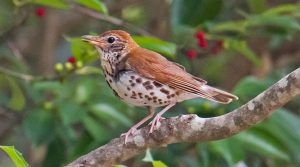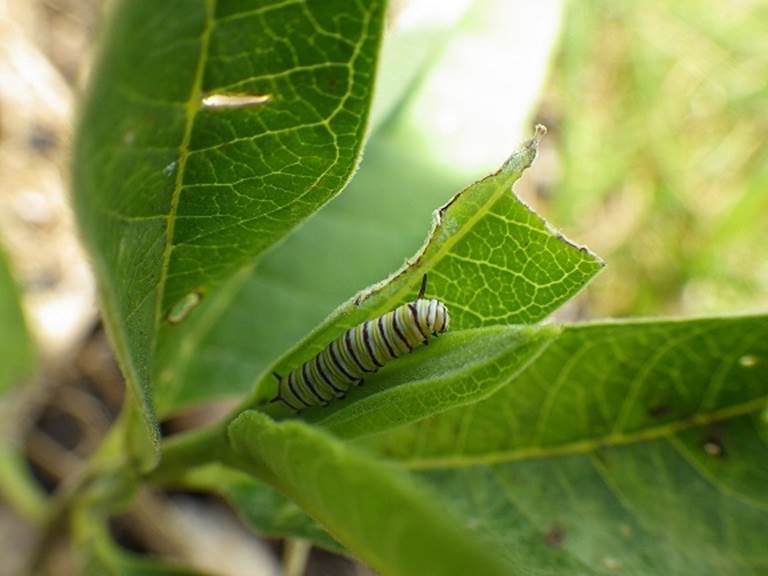In keeping with our mission, Wake Audubon supports a number of conservation projects for our members and the community to become involved in. How would you like to contribute?


Lights Out Wake is an initiative to educate the community about the impact of artificial lights on migrating birds. The program encourages turning off outside lights between 11 PM and 6:00 to reduce fatal collisions and to provide a safer environment for birds.
